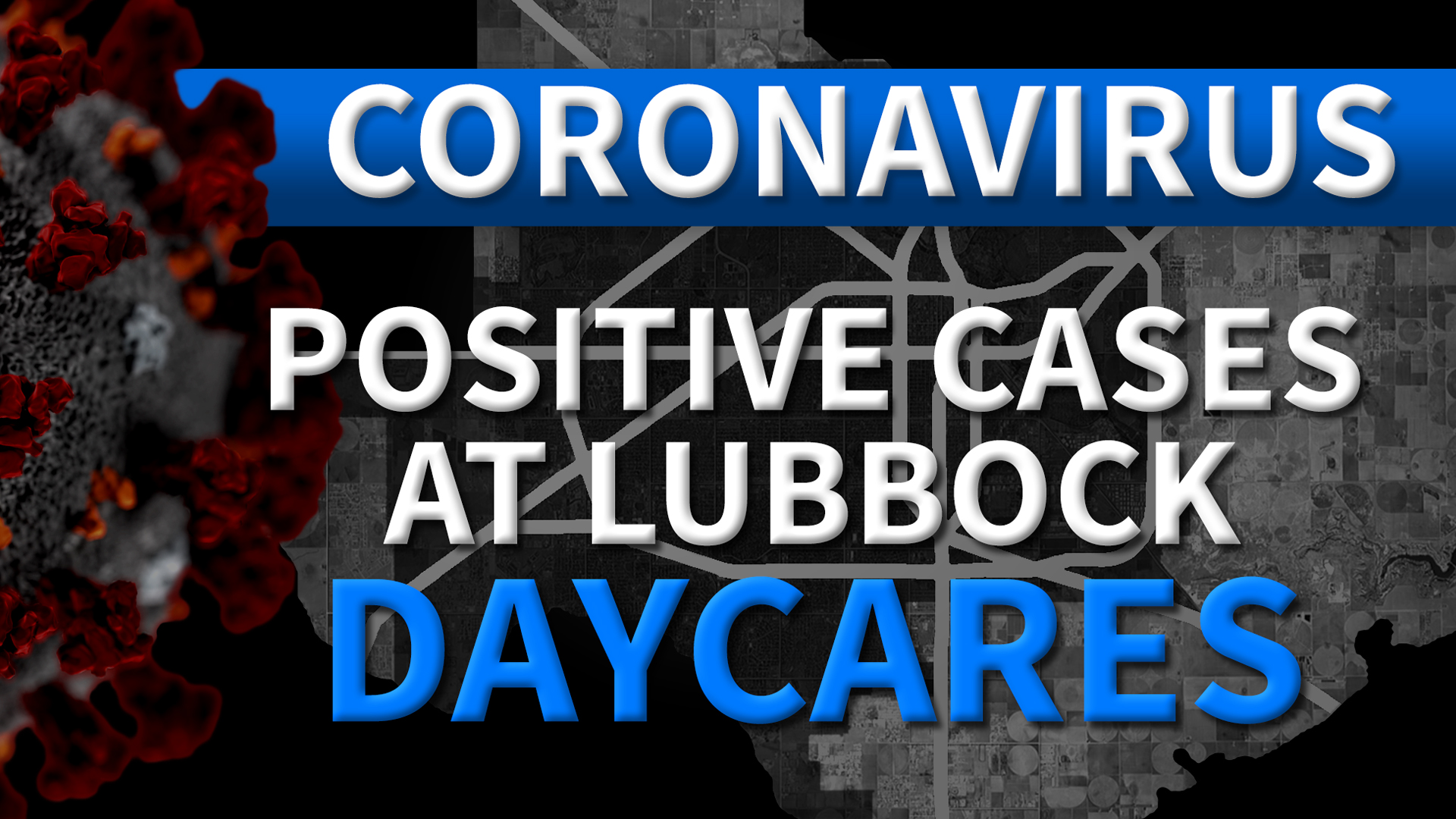AUSTIN (Nexstar) — Rapidly lowering or discontinuing a patient’s opioid prescription could be harmful and put them at risk, according to new guidelines published this week by the U.S. Department of Health and Human Services.
“Unless there are indications of a life-threatening issue, such as warning signs of impending overdose, HHS does not recommend abrupt opioid dose reduction or discontinuation,” the guidelines say.
Over the last few years, there’s been a growing focus on addressing the opioid crisis nationwide. In Texas, almost half of all drug overdose deaths involve opioids, according to state health officials. The new HHS guidelines say doctors should make shared decisions with patients when it comes to potential dose reduction or discontinuation of long-term opioid prescriptions.
“If the current opioid regimen does not put the patient at imminent risk, tapering does not need to occur immediately,” the guidelines state. “Take time to obtain patient buy-in.”
“Chronic opioid therapy is an important modality in treating patients with chronic pain, especially patients with cancer pain, end of life care and certain circumstances where the benefits of opioids outweigh the risk,” Dr. Robert Martin, a pain management specialist at Baylor Scott & White Health, said. “When patients are on chronic opioid therapy, it’s important to continually assess the risk and benefits of that treatment to ensure it’s being done safely and beneficial for the patient.”
Doctors should focus on a multi-modal approach, Dr. Martin said. This approach may include working with non-opioid pain medications, minimally invasive procedures, physical therapy, chiropractic care and exercise.
“It’s also important for patients to understand there are many other treatment options available to patients with chronic pain and as a chronic pain specialist, we’re available to guide the patients through that process and help them find ways to manage their pain without the use of opioids.”
But he knows in some cases, that won’t be enough for patients in controlling their pain and that’s where they will need their opioid prescriptions. Dr. Martin says there’s a list of problems that could arise from suddenly ending a patient’s medications.
“An abrupt withdrawal from the medication could lead to increased pain, withdrawal symptoms, depression, anxiety, suicidal thoughts,” he said. “Patients may even seek illicit opioids from high-risk sources, so we want to do it in a way that is safe and comfortable for the patient.”
The guidelines bring some hope for chronic pain patients and their advocates, who say they’ve been negatively impacted by the various prescribing guidelines that have been published by different agencies.
“Right now, what’s happening goes far beyond just shutting down pill mills,” Kristin McGarity, a patient advocate, said.
The 2016 guidelines for prescribing opioids for chronic pain published by the Centers for Disease Control and Prevention suggest clinicians should prescribe the lowest effective dosage, such as no more than 90 milligrams of morphine equivalent a day.
“A lower dose isn’t safer if it keeps you from doing things you want to do with your life,” McGarity said. “There’s medical conditions that don’t heal, that have no cure, but that medication can palliate. Risks and benefits aren’t static.”
The five-page document by HHS says to “avoid misinterpreting cautionary dosage thresholds as mandates for dose reduction.”
Nancy Wheeler, who has had seven spine surgeries and a lengthy list of other health conditions, feels the crackdown on opioids is forcing doctors to “choose between their license or helping patients.” She and her doctor have had conversations about tapering, but her prescriptions are what she needs to have any quality of life, she said.
“If I can go down, I want to,” she said.
Both McGarity and Wheeler stress medical conditions look different in every patient and cannot be evaluated under a “one-size-fits-all” approach. They wish the opioid tapering flowchart published in the HHS guideline was more specific in addressing medical complexities. Wheeler says she doesn’t think the guidelines will do much until the Drug Enforcement Administration forces all agencies to recognize the complicated cases pain patients have.
“I don’t, until the DEA gets on board and respects these guidelines,” she said.
















